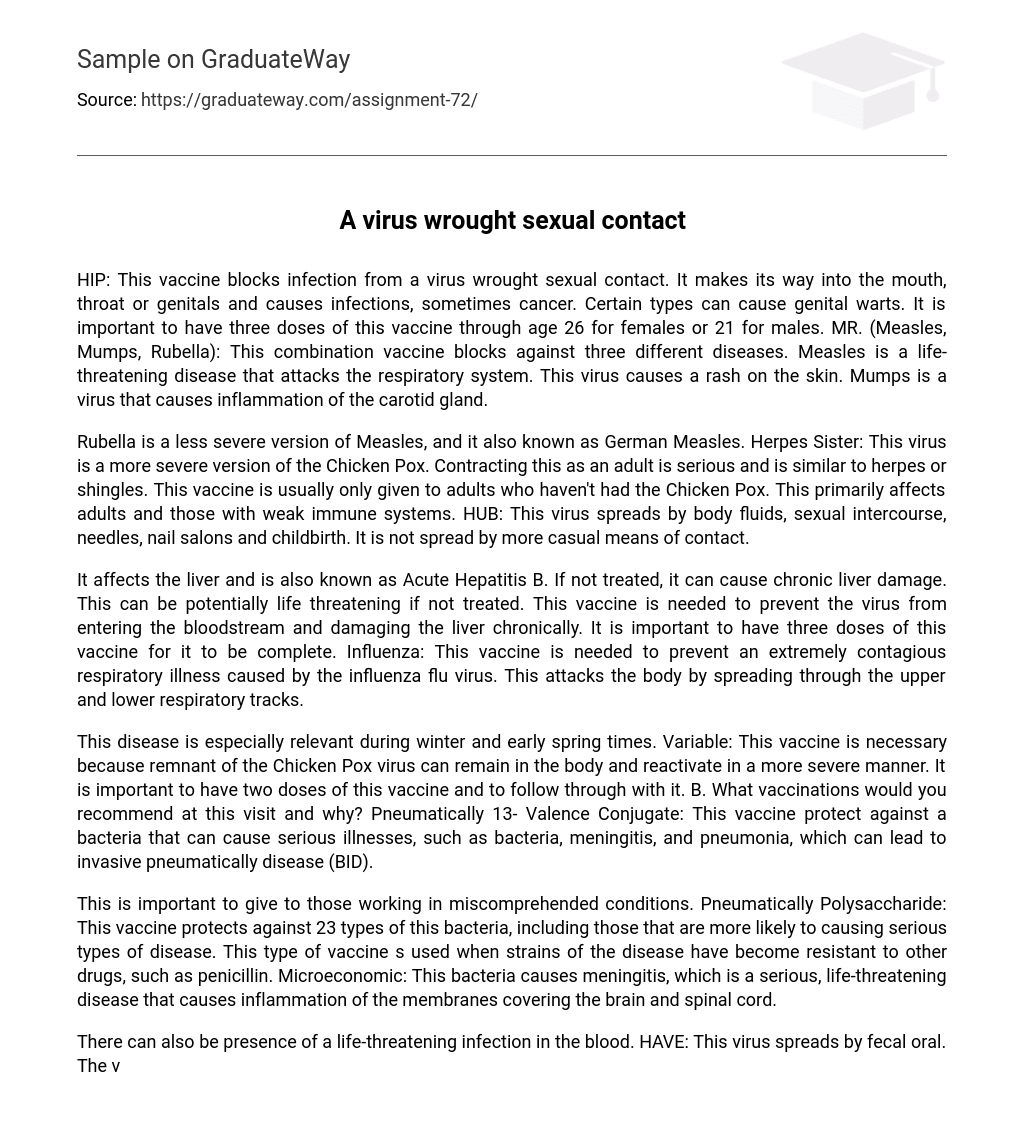Your next patient is a 17 year old high school student. He is an avid video game player. After a complete history and physical exam, you find him to be healthy with a IBM of 24. 5. A. Even though he is in the upper limits of a IBM range, the patient is healthy but should look into lifestyle changes. Even though he is healthy at the moment, is avid videotape playing habits could be risky in the future and put him over the healthy IBM range.
At this point after the physical exam, is a window of opportunity to alert the patient of his habits and educate on he might want to change his lifestyle to better his health in the long run. One possible risk is obesity if this patient does not maintain his healthy IBM range and endure in frequent physical activity around the house, whether it is chores or walking a pet, since he spends most of his time sitting and not moving his body to get blood flow going. Not moving his body frequently or engaging in strenuous physical activity/exercise may also put him at risk or increased blood pressure.
Also, with the risk of not maintaining his healthy IBM range and becoming obese comes the possible increased risk of coronary heart disease, as plaque builds up in the coronary arteries from increased IBM, strokes, from blocked blood and oxygen to his brain, type 2 diabetes, if he does not participate in physical activity/exercise to turn excess glucose into energy.
Which of the following forms of prevention would be useful in your management of this patient: primary, secondary, tertiary? Provide examples of interventions and how they would be appropriate for this patient.
The most useful form of prevention in this scenario would be primary. As mentioned before, after the patient’s physical exam is the window of opportunity intervention to educate and promote healthier ideas to incorporate into his lifestyle. In this moment, it is important to ask the patient what he thinks about his health and if he has any ideas of changing his current behaviors. In the case the patient does not, one can use the social learning/cognitive theory intervention by asking if he has any friends that like playing sports and/or any activities (e. . Walking, jogging, bike riding) that include physical work and if not, ask why he does not like them, because it would benefit his health now and in the long run.
This is the use of observational learning from his friends and could influence him to start thinking about (contemplation stage) changing his own lifestyle and behaviors to exercise. One could also ask if the patient has a credible role model that they follow and look up to. Role models are extremely influential and help pave a path towards excellence and/or change from current bad habits.





